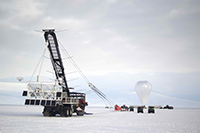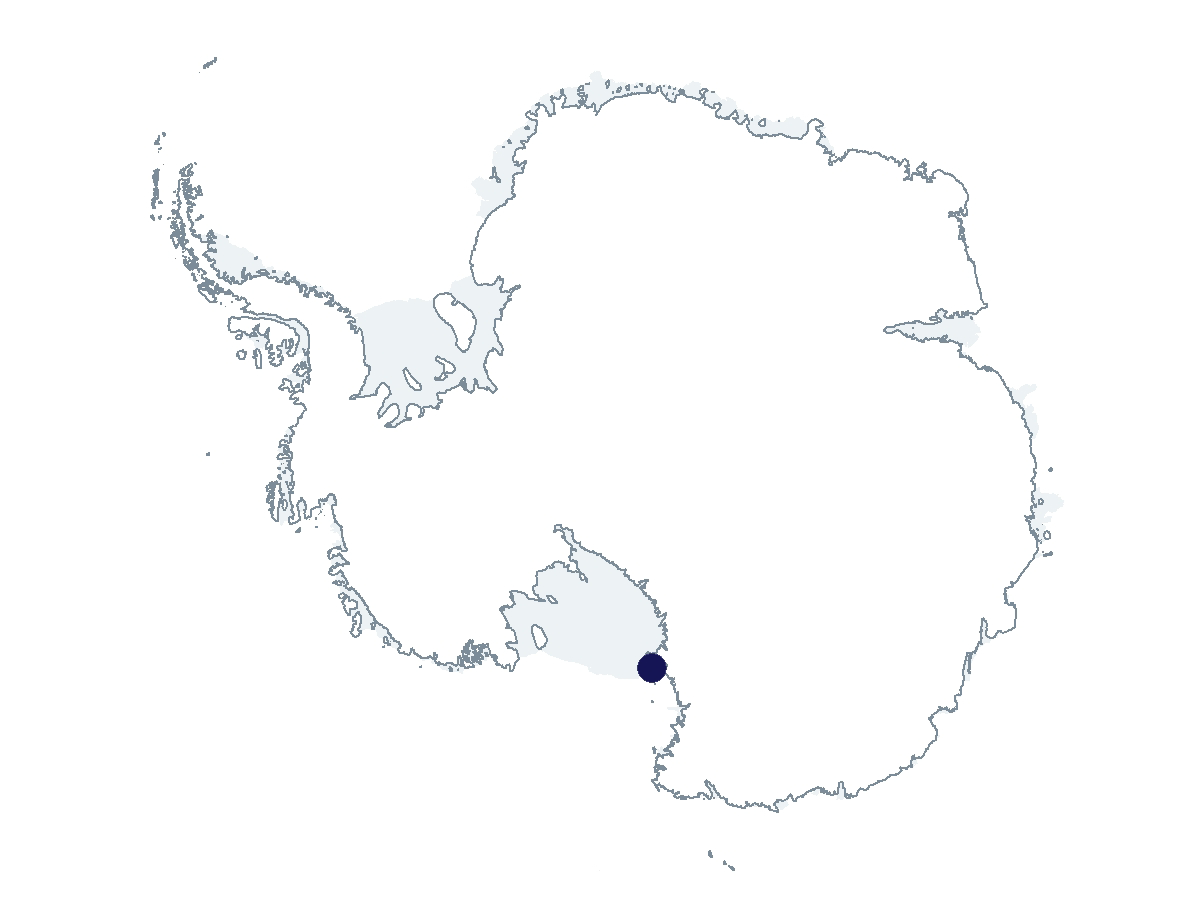2023-2024 USAP Field Season
Project Detail Project TitleSuperTIGER-2 (The Super Trans-Iron Galactic Element Recorder 2) Summary
Event Number:
Program Director:
ASC POC/Implementer: Principal Investigator(s)
Dr. Brian Flint Rauch
Project Web Site: Location
Supporting Stations: McMurdo Station DescriptionThe Super Trans-Iron Galactic Element Recorder 2 (SuperTIGER-2) was a NASA stratospheric balloon-borne payload for the measurement of ultra-heavy Galactic cosmic rays (UHGCR). SuperTIGER-2, built on the heritage of SuperTIGER-1 flown from Williams Field in 2012, was flown from McMurdo Station in 2019. It was a large-area instrument capable of measuring cosmic rays from Zinc to Barium, achieving individual-element resolution and high statistical precision over the charge range of Z=10 to 40 and exploratory measurements through Z=56 (Barium). These measurements enable us to test models of the origin of galactic cosmic rays and sites of heavy element r-process nucleosynthesis. SuperTIGER was developed by a collaboration of scientists from Washington University (PI Institution), Goddard Space Flight Center, Caltech/JPL, and the University of Minnesota and is funded by NASA. Field Season OverviewField operations are planned to recover the remaining SuperTIGER-2 payload components this season. High priority data disks were recovered in January 2020, followed by a flight computer in Nov 2021. The site is 481 miles north of McMurdo, at 71S, 158E, altitude 6,600 feet, and is now heavily drifted in. The site will be assessed for Basler landing early in the 2023-24 season, and if necessary, a groom team deployed in early December. A five-person team will deploy in mid-December to unbury and dismantle the instrument. Three Basler flights are planned. SuperTIGER is made up of two "stacks" of detectors, each having about 5 feet x 10 feet footprint, supported on a space frame “gondola” of about 11 feet x 13 feet. There are seven detector units of three types in each stack, supported by aluminum honeycomb pallets. The detector stacks and gondola will be completely disassembled, and the instrument and payload components will be removed. The total weight of SuperTIGER material expected to be recovered is ~5000 lbs (2267 kg). Utilization of the Basler will significantly expedite the recovery and avoid damaging numerous high-cost components. Deploying Team Members
|
2023-2024 Science Planning Summary



For USAP Participants |
For The Public |
For Researchers and EducatorsContact UsU.S. National Science FoundationOffice of Polar Programs Geosciences Directorate 2415 Eisenhower Avenue, Suite W7100 Alexandria, VA 22314 Sign up for the NSF Office of Polar Programs newsletter and events. Feedback Form |


